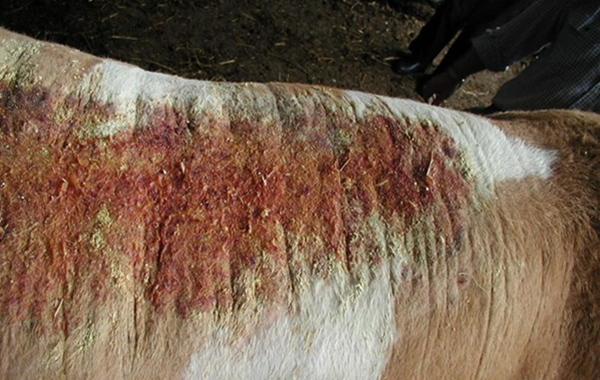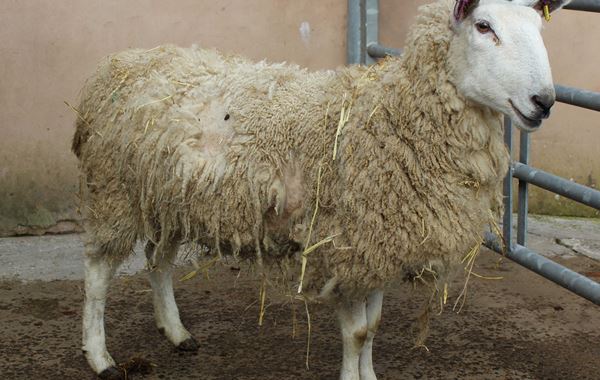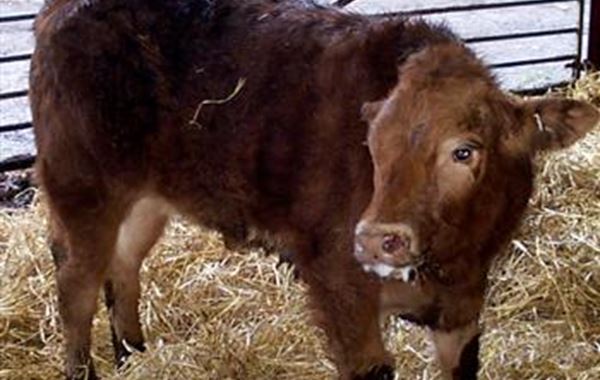
The Blowfly Alert forecasts the level of strike risk for different regions of the UK. It will be updated monthly through July to October. The forecasts are supported by on farm reporting of cases – to report a case in your flock please click the link below.
View Alert Report An OutbreakFeatured Cattle Health Issues

Antibiotics are vital medicines to treat bacterial infections in cattle and other livestock, but their use must be carefully monitored.

Milk needs to be produced as hygienically as possible. Bacterial contamination is the most important cause of hygiene-related problems.

Ectoparasites can transmit diseases, cause significant production losses and severe welfare concerns in cattle.

According to NADIS data foul-in-the-foot has caused a high percentage of lameness in youngstock this winter.
Featured Sheep Health Issues

Fostering, docking and castration of lambs are discussed in this bulletin

Infection in sheep is usually subclinical but can cause anorexia and late abortion, including large abortion outbreaks.

There are long-established vaccination protocols using toxoid vaccines which prevent all common clostridial diseases in sheep.

Bluetongue is a notifiable viral disease spread by midges. Fever and stiffness are most common in sheep.
Featured Pig & Poultry Health Issues

The disease is most prevalent in straw based systems and tends to peak in the summer months, although can occur at any time.

Pheasant ataxia is caused by an unknown virus, and is a relatively new phenomenon that has only been described in the last couple of decades…

Lameness as a clinical entity presents a common problem to the pig both in terms of production/economics and its welfare.
Featured Webinars

This webinar covers the vital considerations of feeding ewes during late pregnancy and beyond.

This webinar discusses the important principles for successful lambing's and low lamb mortality.
Biosecurity Risk Assessments

There are three main types of mite affecting cattle in the UK causing slightly different disease presentations. This risk assessment is a guide to reducing the entry and spread of mites in your herd.

Louse populations are highest during late winter and may cause disrupted feeding patterns, fleece damage/loss, and self-inflicted trauma.

Respiratory disease is estimated to cost the UK cattle industry £80 million annually (between £30 for mild cases to £500 when the animal dies)








